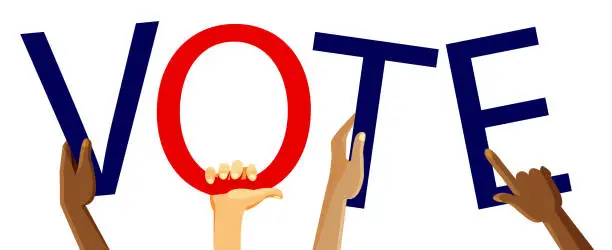In the cacophony of electoral campaigns, where every candidate strives to capture the attention and win the hearts of voters, election posters emerge as powerful tools of communication, encapsulating the essence of a candidate’s vision, promises, and aspirations. This discourse unravels the intricacies of election poster design, delving into the creative process, strategic elements, and the impact of these visual narratives on voter perceptions and electoral outcomes.
Understanding the Purpose of Election Posters
At its core, an election poster is more than just a visual artifact; it is a strategic communication tool aimed at conveying key messages, fostering candidate recognition, and eliciting voter support. Whether adorning street corners, public spaces, or digital platforms, election posters serve as tangible manifestations of political campaigns, seeking to resonate with diverse audiences and leave a lasting impression.
The Art of Visual Storytelling
Effective election poster design hinges on the art of visual storytelling, where every element – from typography and imagery to color schemes and layout – plays a pivotal role in conveying the candidate’s narrative. Through compelling imagery, emotive slogans, and concise messaging, election posters seek to evoke an emotional response, forge a connection with voters, and inspire action.
Strategic Elements of Election Poster Design
Behind every impactful election poster lies a meticulously crafted design strategy. Factors such as target audience demographics, geographical context, and campaign objectives inform design decisions, influencing everything from the choice of imagery and color palette to the placement of text and call-to-action. Additionally, adherence to branding guidelines and consistency across campaign materials contribute to building a cohesive visual identity.
Navigating Regulatory Guidelines and Compliance
While creativity knows no bounds, election poster design must navigate a landscape of regulatory guidelines and compliance requirements. From size specifications and designated posting areas to adherence to electoral code of conduct and transparency in funding, designers must ensure that their creations adhere to legal and ethical standards, safeguarding the integrity of the electoral process.
The Impact of Election Posters on Voter Perceptions
Beyond their aesthetic appeal, election posters wield considerable influence in shaping voter perceptions and electoral outcomes. Through strategic messaging and persuasive imagery, posters have the potential to sway undecided voters, reinforce party loyalties, and mobilize support for candidates. Moreover, in an era of information overload, visually striking posters serve as memorable touchpoints, leaving a lasting imprint on the collective consciousness of voters.
Conclusion: Harnessing the Power of Visual Communication
In essence, election poster design is both an art and a science, blending creativity with strategy to craft compelling narratives that resonate with voters. As political campaigns evolve in complexity and sophistication, the role of election posters remains indispensable, serving as potent vehicles for political expression, civic engagement, and democratic discourse. By harnessing the power of visual communication, designers wield the ability to shape perceptions, ignite passions, and influence the course of electoral history.

